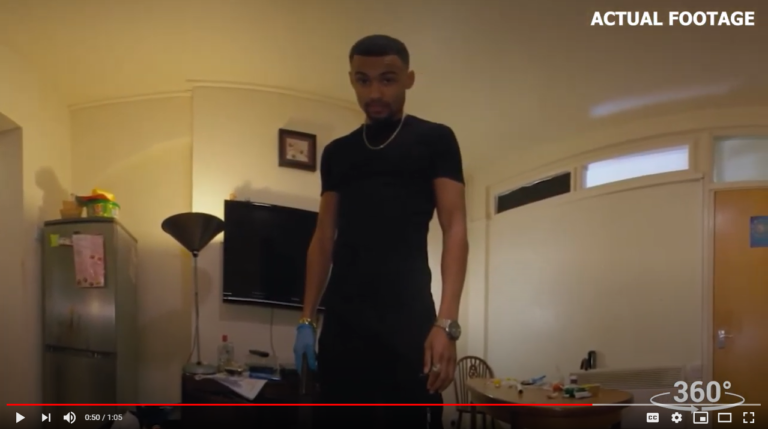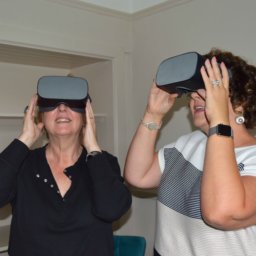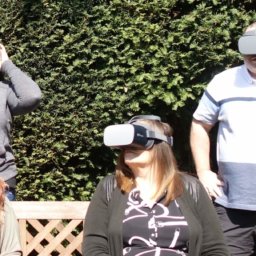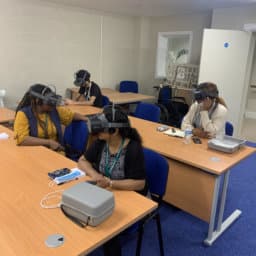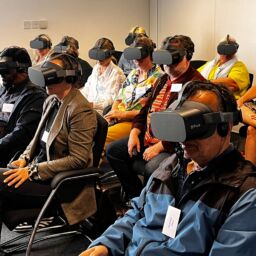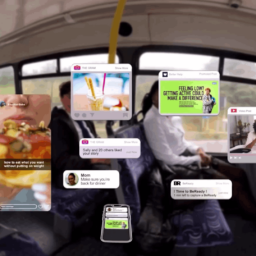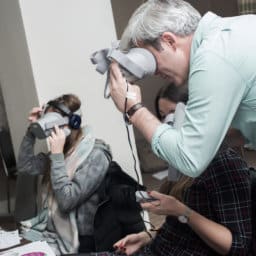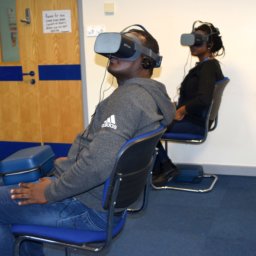Part 2: The Knife Crime "Pandemic": The Misconceptions and Solutions
By Jeffrey Wotherspoon, Leadership Coach at Antser
This article is part of a series.
See Part 1: The Knife Crime “Pandemic”: The Challenges here
Jeffrey Wotherspoon is one of our Antser Subject Matter Experts in Gangs, County Lines and Knife Crime and an Executive Coach and Conflict Resolution Specialist. Jeffrey’s background is predominantly focused around youth work, with extensive experience in the criminal justice system. Over the years Jeffrey has worked on the frontline with some of the UK’s most vulnerable young people who were involved with gangs, county lines, and serious youth violence, as well as working with adult high-risk offenders.
Jeffrey currently works within Antser’s Virtual Reality teams using the technology as a new, innovative way to tackle gangs and knife crime successfully among young people and practitioners.
Knife crime soared following the ease of lockdown in summer 2020. As the Government announced its plan to gradually ease restrictions at the beginning of March 2021, concerns have been raised over a continuation of this trend.
One of the major misconceptions in relation to young people involved with gangs and knife crime is the misconception of ‘choice’ i.e. how much autonomy a young person would have to decide upon their involvement in a gang and/or carrying a knife.
I will highlight three misconceptions that speak to the various stages of joining a gang, and engaging in knife crime or other serious youth violence:
MISCONCEPTION 1:
Young people choose to be part of a gang. Young people have nothing better to do and therefore ‘choose’ to join a gang or they ‘choose’ to join gangs because they think it is ‘cool’.
MISCONCEPTION 2:
Young people involved in knife crime are all perpetrators. Young people ‘choose’ to stab each other because they are ruthless thugs and come from violent homes.
MISCONCEPTION 3:
Young people could leave a gang at any point in time if they chose to do so. Young people ‘choose’ to stay in gangs and would leave if they really want to.
Before I speak any further about the ‘choices’ of young people, I will outline 3 scenarios based on the 3 misconceptions and leave it to the readers to think about what ‘choice’ they would make. And truly, this is where Virtual Reality can help in understanding and empathising with the emotions of young people, who find themselves in these difficult situations. Our most recently developed VR immersive films depict the harsh reality of gangs and violence, and can immerse practitioners into specific scenes such as – the trap house, drug abuse, sexual abuse, gangs and knife crime.
Our Virtual Reality Films are professionally directed and structured to capture the entire experience of a young person involved in gangs and knife crime. To see actual footage of our films, please get in touch with us via hello@antser.com
Scenario 1:
You are 13 years’ old when the local gang in the area you live in approaches you and asks you join them, or they will consider you a rival. What would you choose?
Scenario 2a:
You are 15 years’ old when the ‘older ones’ (those with the greater status in your local gang) order you and a few others to ‘ride-out’ (go to a rival gang territory to initiate violence). They also make it clear that none of the gang members are to return to the area unless “there is blood on the shank”. What would you choose to do?
Scenario 2b:
If you ‘choose’ to ride-out, what would be your weapon of choice? a) Knife, b) Gun, c) Hammer, d) Other sharp instrument or e) Another weapon? Remember, whatever you choose you will need to be able to conceal it.
If you were ‘brave’ or naïve enough to go to a rival gang territory without any weapons, how would you explain it to a) your fellow gang members ‘riding out’ with you? and b) the ‘older ones’ who gave you the orders?
An important note to bear in mind is: You could make your gang the object of ridicule if it was known that “you went to ride out without any weapons”. This could have negative implications for the gang and therefore consequences for you.
Scenario 3:
You decide you want to leave the gang.
a) How will you do it?
b) What would you tell your fellow gang members?
c) What would you tell your rivals? An important note to bear in mind: There is risk of harm to you from both sides.
The scenarios above are what most would call a catch-22 situation. Young people do have to make choices, and they may find themselves in situations that whatever choice they make, risk is associated with it.
The misconception of ‘choices’ young people make or could make when facing a dangerous or difficult situation is just that – a misconception. These choices are not what perpetuate gangs and knife crime. Rather, it is the fear of being victimised by gangs and knife crime that perpetuates the choices.
Are there young people who the above scenario/s do not apply to, and they had opportunities to not engage in gangs and knife crime? Yes. This reflects another issue, as gangs and violence are a part of most, if not all communities.
A better question is: Would the majority of young people that are involved with gangs and knife crime not participate if there was no fear or the need for protection?
The answer is: No, it is highly unlikely.
From my own experience and that of working with Antser within the field, young people are often made or encouraged to attack others early on in their teens. By the time they are between 16-18 years’ old, they have done it so many times they have become desensitised to it. They may have also been a victim themselves or have friends that are victims, and, as a result, find themselves in a continuous cycle of violence, where it becomes more of a reactive (default) position than a proactive choice. There is a genuine belief amongst gangs that some violent episodes “have to happen”.


